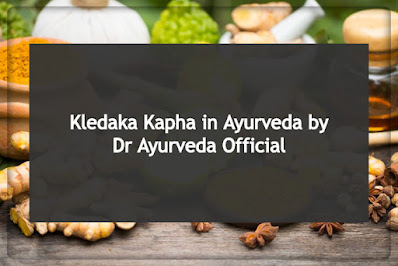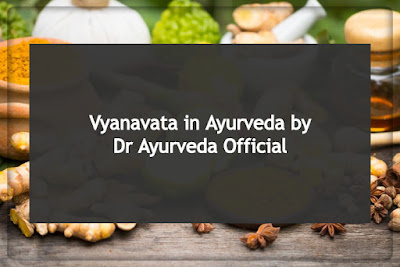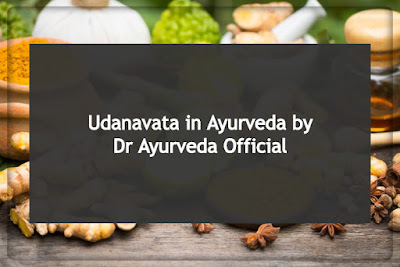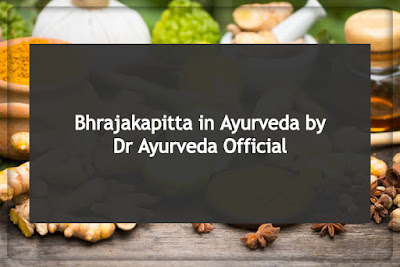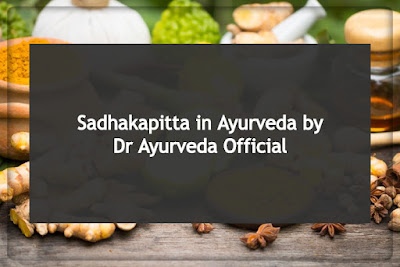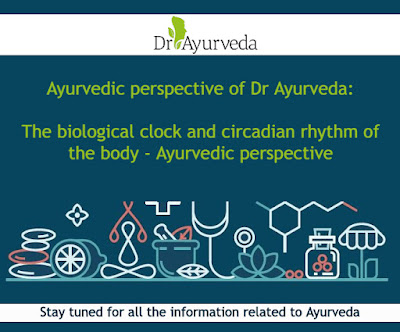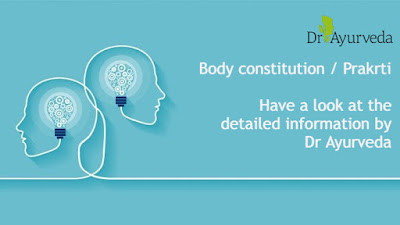Tridosha in ayurveda
In Ayurveda, there are mainly three types of body types - Vata, Pitta and Kapha. These Doshas are described as biological energies found throughout the human body and mind. It is quite rare that Vata, Pitta, and Kapha are equally pronounced in a human being, a state that is also called the TriDosha. Vata, Pitta, or Kapha? The combination of your Doshas is essential for your health. When you know what constitution you have, you better understand why you are the way you are at times. You discover what nutrition is suitable for you and how you can stay healthy, fit, and happy with yoga, exercise, and meditation. Want to know about your types of Doshas or about the diet plans according to your Doshas? Stay connected with our social media platforms.


